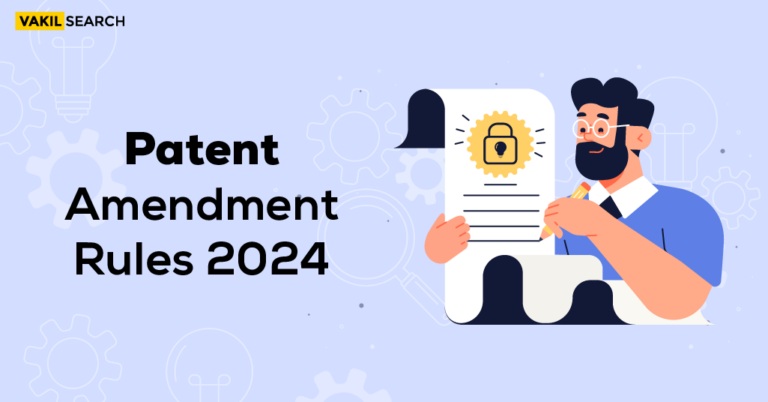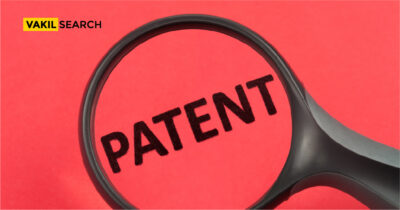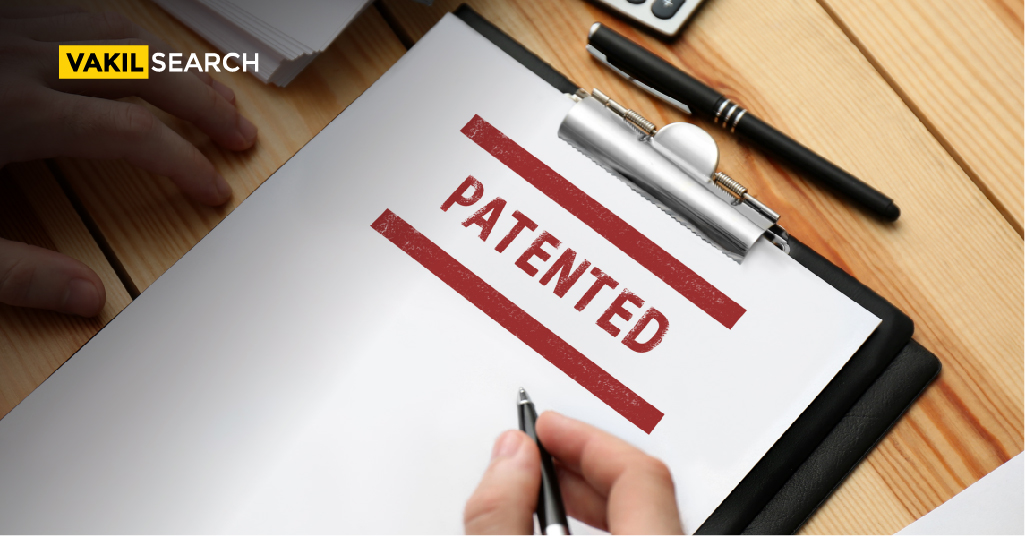For an invention to be Not patentable in India, it must be a new article or a new process, requiring an innovative step and capable of being made or used in an industry. Additionally, the invention must also meet various eligibility requirements that are concern newness, originality, innovative steps and commercial applicability to be copyright.
Patent Registration India – India is a nation that has recognized the value of robust patent systems for the development of industry and commerce and for bringing it up to par with the rest of the modern world. The number of patentable filings has increased since the Indian Patent Act, of 1970 was enacted. Sections 3 and 4 of the Indian Patent Act, 1970, which list inventions that cannot be patentable, have been used as a filter to determine what is considered an invention. Patents are only granted for innovative, beneficial innovations, protecting their intellectual property intrigues innovators and inventors greatly.
Essential Parameters for an Invention to be Patentable
- Inventions must be novel that demonstrates it shall not existc already
- The purpose of invention shall be bonafide and advantageous for human beings. Thus, patents cannot be acquired for illegal innovations.
- The invention shall be unique and non-obvious.
Basic Invention of a Technological Principle or Conceptual Theory
The basic discovery of a technological principle, the establishment of a conceptual theory, or the invention of any living being or non-living body occurring in kind is not a copyright invention. A basic claim for the invention of a technological principle is not meant to be an invention, but such a principle when used with a procedure for producing a matter or a product may be meant to be a discovery.
Also, a scientific principle is a statement about the natural environment. These principle theories are not meant to be considered discoveries, no matter how progressive or revolutionary a perception they may offer, since the outcome may not be an article or process. Nonetheless, if the theory leads to an experienced application in the process of producing a product or substance, it may be copyrighted.
Example: The specific fact that a known product or item is found to have a previously unknown property is a discovery, not an invention. If the finding leads to the conclusion that the product can be used to make a definite article or a procedure, it could be appraised as an invention. Whereas the discovery of a new particle or microorganism coming out freely in kind is a discovery and not a copyrighted invention. Newton’s Laws or the theory of relativity are two examples of scientific principles that cannot be patented. However, the use of these ideas, specifically in a method or item, might be protected by a patent.
Don’t delay – secure your invention’s protection with a provisional patent.
The Distinction Between Innovation and Discovery
A discovery advances human knowledge by revealing something that is already known but has never been seen, whereas an invention advances human knowledge by developing a novel product or method that makes use of new technical knowledge relative to what is already known. A claim for the discovery of a scientific principle is not regarded as patentable, but such a principle may be Not patentable when used in a manufacturing process to create a substance or an article. For instance, discovering a novel substance or microorganism that occurs naturally is a discovery rather than an invention.
Material Produced by a Fundamental Mixing and a Fundamental Creation of a Novel form of a Well-known Material
A substance formed by a basic admixture merely gains the characteristics of the element; as a result, such a process does not result in the discovery of the material. However, a blend that exhibits symbiotic traits is not regarded as a fundamental admixture. For instance, a soap, detergent, lubricant, or cleaner may be protected by copyright. A discovery is not the basic invention of any new property or use for a known substance, the basic use of the known procedure, instrument, or appliance, or the basic invention of any new use for a known substance unless such a known procedure yields a new article or the deployment of at least one new reactant.
For instance, the solitary innovation of any new possession of a well-known material or the fundamental component of a new use for a well-known particle.
A Living Being’s Diagnostic, Medicinal, or Restorative Treatment Procedure
A copyright discovery is any procedure for the curative, abscission, restorative, preventative, surgical, or pharmacokinetic treatment of living beings, or any procedure for the same surgery on animals, in order to keep them disease-free or to increase their financial or article value. Although copyright for surgical, restorative, or preventative procedures may be obtained, the production of wooden legs and artificial limbs is under copyright.
Copyright does not protect a foetus transplant or any other therapy that requires the expertise, awareness, and understanding of a surgeon. It can be said that, it is not possible to patent search any method used to treat humans or animals to make them disease-free or to boost their economic value or the value of their products. This includes methods used to treat humans for medical purposes, surgical procedures, cures, prophylaxis, diagnostic tests, therapeutic treatments, and other conditions. Because it involves the treatment of people, a method to treat cancer or carry out surgery is not patentable. If a material is applied to the human body solely for aesthetic reasons, it is not a treatment or therapy and can therefore be patented as long as it satisfies the patentability requirements.
Positioning, Re-positioning, or Replication of Known Devices
The basic positioning, repositioning, or replication of known devices, each functioning individually from one another in a known way, is not covered by copyright.
A development on anything not known before or a collaboration of individual matters definitely known must be something more than the workshop’s development and must individually satisfy the test of origination or origination copyright; the development or collaboration must also produce an outcome product, a new product that is better or more than a good or inexpensive product, and it must also satisfy the requirements of the copyright. Basic allocation of more than one whole number or things, not necessitate the exercise of any discovery faculty and does not qualify for a grant of copyright. For instance, combining an umbrella with a fan, a chair with an umbrella, or a transistor with a cassette player does not qualify for patent protection because the two products simply work together but independently of one another.
Conclusion
It should be noted that there are some basic parameters that must be satisfied in order to get patent for inventions. For understanding the requirement, registration of patent, its renewal, and for other information, extensive legal expertise and professional knowledge is required. If you require any type of help or information, get in touch with Vakilsearch right away.
Also Read:









